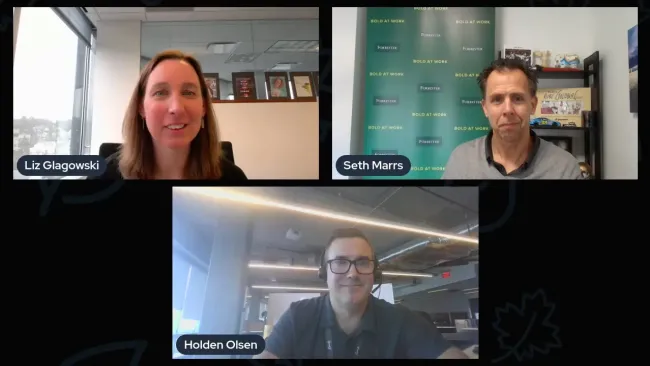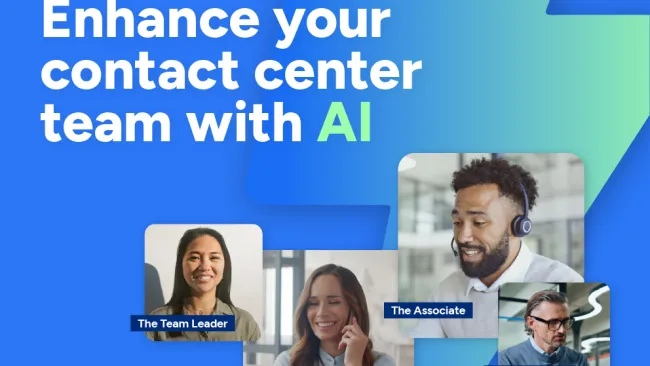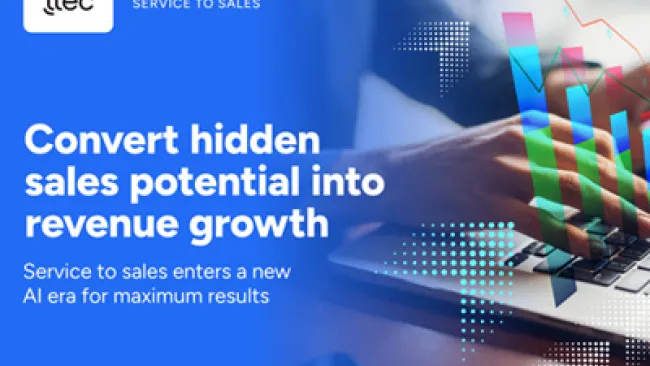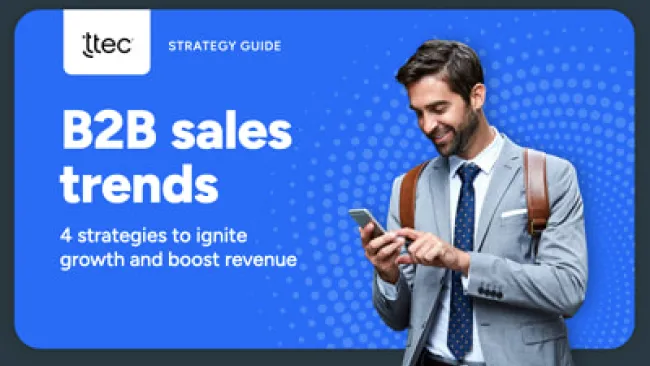The customer experience revolution has spawned a digital transformation for businesses. As a result, many firms have begun integrating “digital” marketing into their enterprise strategy. This new approach to business requires breaking the traditional marketing mold.
Formerly siloed departments will need to collaborate as marketers expand their influence to customer service, sales, operations, and elsewhere. Disparate budgets will be integrated. Data will be shared. No channel will be considered “alternative” anymore. And, there are new ways to tie marketing activities to business impact.
We’ve highlighted a few ways in which progressive marketers are using innovative capabilities to successfully interact. And we believe these trends will only pick up steam as we move through 2015.
It all starts with data. The more information you have about your customers and potential customers, the better you can interact with them. Companies have a wealth of customer and prospect information, but it’s often in disparate and disconnected CRM platforms, web analytics reports, POS data, and elsewhere. It’s hard to understand the customer journey without connecting these dots. The more clarity you have, the more effective your engagement will be.
We’re beginning to see companies align data much earlier in the marketing funnel than in the past. Marketers are using new tools and partnering with data marketing firms and other third parties to fill in the data gaps to get a clearer picture of their customers’ (or prospects’) needs, value, and behaviors. This is growing especially on web and mobile channels. Three areas in which this is advancing rapidly is with search, display advertising, and the coordination of sales and marketing.
1. Search. Search is very powerful. Consumers share their intent through their search behavior, and marketers have the opportunity to relevantly interact at the right moment. Search campaigns with the best ROI are ones that use search segmentation. Tools now allow for segmentation based on keywords, geography, device, and many more attributes. Marketers can create customized placements, media bids, and microsites based on this advanced insight. Combining that information with integrated data from first- and third-party sources allows for even more advanced targeting.
Google, for instance, now allows you to import a list (cookie pool) of users who have engaged with your website previously. With this knowledge, advertisers can bid higher on the search results for people who have been to their website before, and learn which sections of the website are most popular among visitors in aggregate.
Innovation at work: One brand we worked with prevents customer defection using search. It uses its first-party data to match search behavior consistent with subscribers who might be thinking of leaving – they are searching competitive brands and products, reviews, etc. The company proactively reaches out to save those customers before it’s too late.
2. Display. Display is moving into what was traditionally email’s territory as an effective customer outreach tool. Companies can work with third-party firms to identify customers as they visit other websites. With a better understanding of these customers’ historic behavior, content consumption, and interaction preferences, brands can engage at a relevant moment of interest with customized display advertising. This tactic requires integration of data, but can generate a very positive ROI. It’s a chance to interact in ways that are more meaningful.
Innovation at work: One B2B tech company uses display not to create awareness or build purchase intent, but to interact with high-value prospects at the later stages of the sales funnel. The company offers white papers and webinars via display advertising based on their interest in certain categories or product.
3. Coordination of sales and marketing. Finally, innovation is more than just gadgets. It’s also mindset change. As marketing extends across traditional channels to build engagement, it must integrate with sales now more than ever. Instead of “stop and go” conversations, their interactions must be fluid to enable a seamless customer interaction. Sales and marketing operations and goals must match customer experiences, so that every element is aligned to create an optimal experience.
Innovation at work: A financial services brand built successful mobile campaigns as customers shift to mobile as a preferred interaction channel. It generated thousands of new leads, but they didn’t convert into customers when they moved offline to complete the sale. The scripts and processes were based on a desktop user experience. By changing the offline engagement to fit the mobile lead (less product knowledge, quicker process), the brand increased conversions by more than 220 percent.
These are only a few examples of what’s possible by integrating digital into the overall marketing ecosystem. Many companies are looking beyond standard marketing activities to use data and a customer-based approach to evolve the industry. We’re in the midst of digital transformation, and it’s very exciting to see what’s happening now, and what may be on the horizon.
Also, check out the most recent issue of our e-newsletter.
Search, Display Lead Marketing’s Digital Transformation















